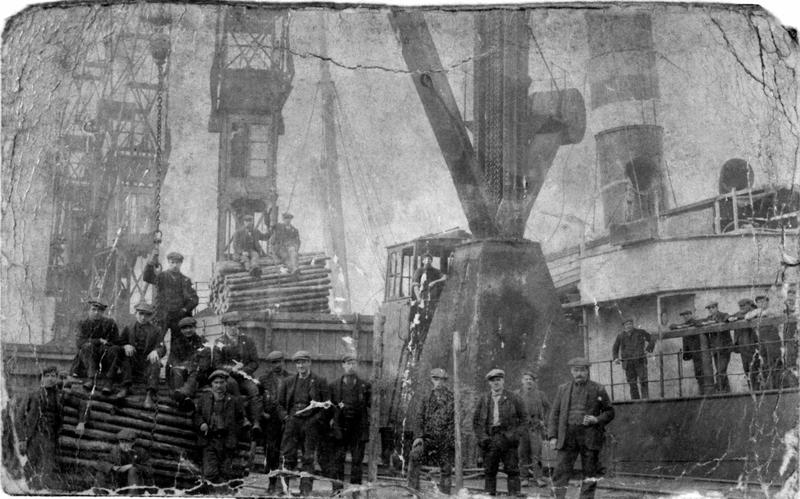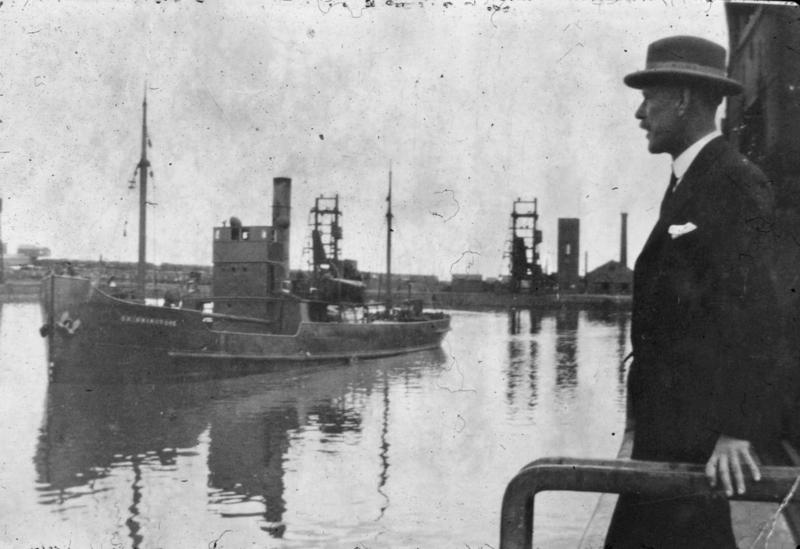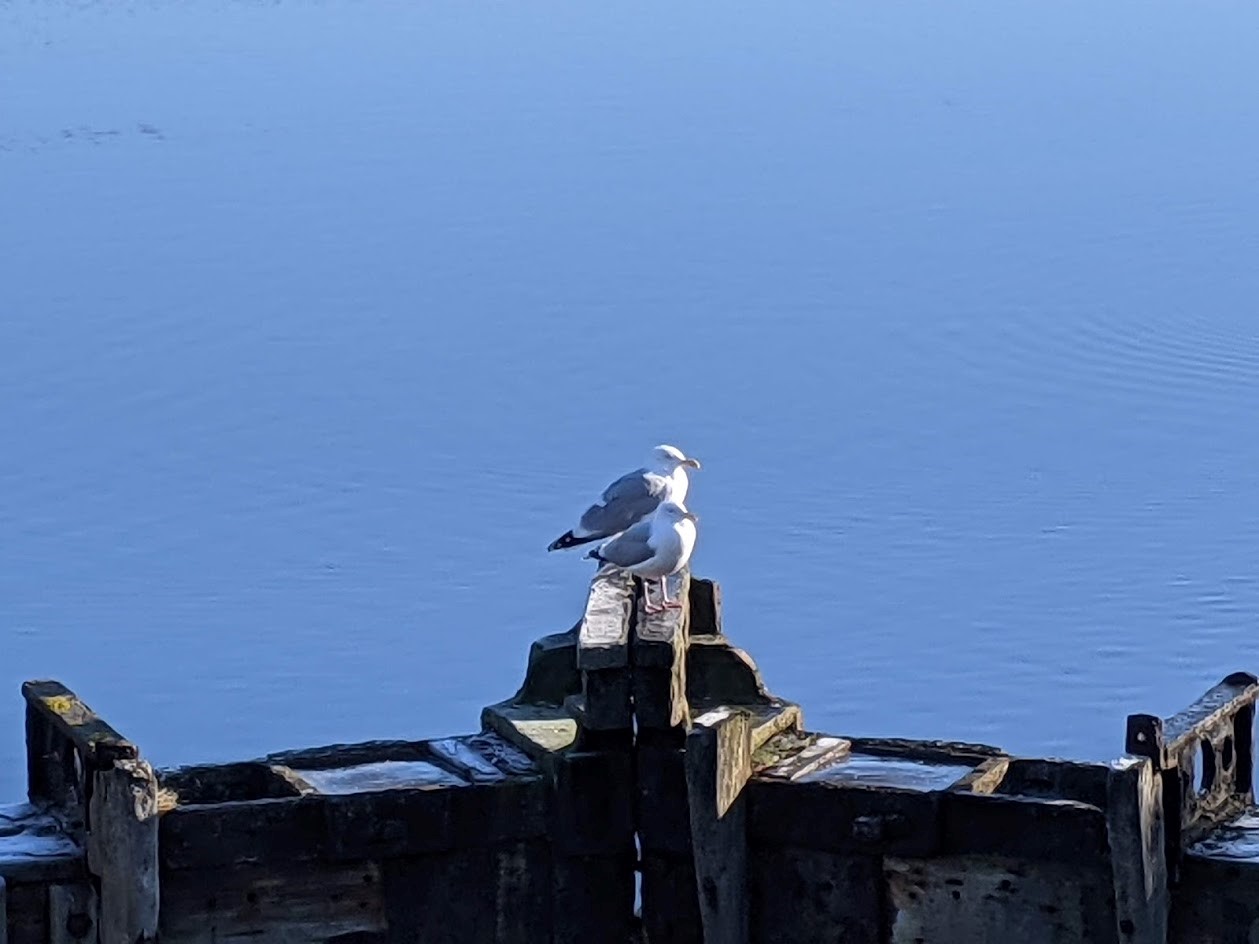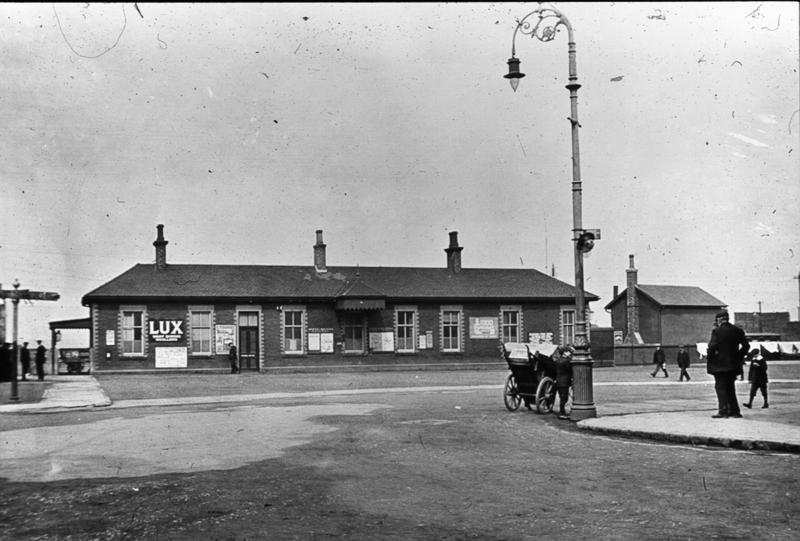Falkirk Community Trust has been collaborating with Sustrans on their wonderful Greenways project to bring some local heritage to life along the foreshore at Bo’ness. This is one of the stories from the project.
“A strong volume of local opinion has grown up to the effect that this dock has been deliberately written down and neglected, and, some go as far as to say, sabotaged.”
John Taylor MP
fields['text']) echo $section->fields['text']; ?>
The End of an Era
On Tuesday, June 30, 1959, Bo’ness Docks were closed to commercial trade. A large crowd turned out to see the final vessel – a Dutch ship – sail out of the dock the next evening. The closure brought to an end a two-year fight between local people and the Government-owned British Transport Commission (BTC), which latterly owned the site. A report in the West Lothian Courier said dredging operations would cease in July 1959 and the dock lights were being switched off.
One local councillor said: “I think we are being made to suffer as Grangemouth progresses. The Transport Commission closed our passenger railway station two years ago, and now it is the dock’s turn.”
Plans to close the docks were first mooted in 1957.
In Parliament, the local MP, John Taylor, spoke out passionately against the plans:
“The reason given for such a drastic proposal was that the dock had never paid its way during the ten years that it had been under the ownership of the Commission,” he told the House of Commons. “It was stated in the letter that the total loss to the Commission during the ten years was almost £292,000.”
Mr Taylor said the proposal to close the docks had caused “astonishment, dismay and alarm among the townspeople, tradesmen and shipping interests of Bo’ness.”
He also claimed the dock had been “neglected” and that “a strong volume of local opinion has grown up to the effect that this dock has been deliberately written down and neglected, and, some go as far as to say, sabotaged. There is a feeling that there is a strong managerial prejudice against the dock.”


Decline
The docks – once incredibly busy with trade from across Europe – went into decline in the 20th century. The site was used by the Navy during both World Wars, with trade slow to recover afterwards. In World War II the harbour was requisitioned and known as HMS Stopford. The docks also suffered competition from the nearby Port of Grangemouth. Then there was the dredging needed to keep the Bo’ness site operational. Some said Bo’ness Docks were not large enough for modern commercial traffic.
Mr Taylor told the House of Commons: “So far as I can ascertain, no allowance is made for the fact that the dredging and other costs of bringing the dock into usable condition after the war, when it was used by the Royal Navy as a training depot, were charged to Bo'ness Dock, or that any contribution to those costs was made by the Admiralty or by the L.N.E.R., who previously controlled the dock.”
He continued: “It is my belief that with adequate dredging, reasonable encouragement and more general trade, this dock could be brought out of the red and could become a valuable asset to the Commission.” Sadly, his calls fell on deaf ears.
The then Joint Secretary to the Ministry of Transport and Civil Aviation – Airey Neave MP – said: “The hon. Gentleman has suggested that the Commission has consistently neglected the dock and has not given it essential equipment; and that the dredging has been quite inadequate. I think that when I send him the figures he will probably agree that expenditure has been maintained at a consistently high level since 1948. It is perfectly true that the coal industry was once the mainstay of the port, but the Board regrets that it cannot see its way to produce the traffic for it, nor do ship owners and merchants seem able to help.”


Proud Maritime Heritage
Bo’ness’s roots as a port stretch back to the 16th century. Two of the ships involved in the failed expedition to Darien (now part of Panama) were fitted out in the town in the 1690s. In the 18th century whale fishing started, but results were mixed. At one time seven whaling ships were sailing from the harbour. And by the 19th century, the town became a massive importer of pit props from Scandinavia. It led the area being nicknamed Pitpropolis.


Revival?
In recent years there have been efforts to bring new life to the docks and outer harbour. Plans were mooted in the 1980s to locate heritage craft on the site, to complement the steam railway. However, the plans were never realised.
Then in 2007, the banking giant ING was given the go-ahead for an £175 million plan to revamp the waterfront, including the docks. Sadly, the 2008 financial crash led to the firm pulling out of Bo’ness and abandoning their plans.
Falkirk Council now maintains the site, with a “cofferdam” enclosing the decaying dock gates – and maintaining water levels over the silted up Docks. From time to time, pleasure craft arrive to use the outer harbour. But the era of big ships calling into Bo’ness has long gone.

